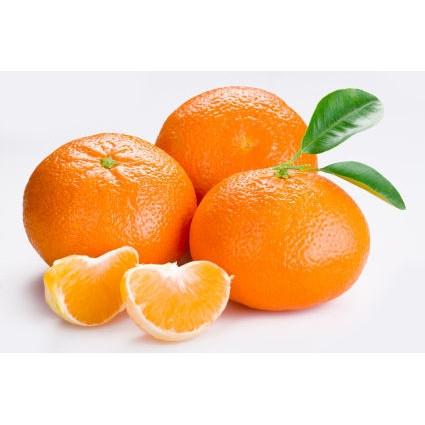

One to two months, tops, and that’s it for another year. Here’s the sad news about tangelos – they have a shorter harvest season than tangerines. (Tangelos can be a bit less lunchbox-friendly than tangelos because their juiciness makes them a bit messier to peel and eat, but the flavor is worth it!) If They’re So Great, Why Haven’t You Seen Tangelos in Stores? Some people who prefer the slightly tangier flavor or a Washington navel orange over a tangerine may find they love tangelos, which combine the sweet-tangy flavor of navels with the easy-to-peel quality of a tangerine. Tangelos retain some of the tangerine’s honey-sweetness, but the grapefruit in their genetic makeup adds a wonderful tang that gives tangelo fruit its unique flavor. What’s part of what contributes to the tangelo’s other name, the “honeybell.” The “honey” part of the name probably comes from “ Honey Tangerine” – tangerine types are lower in acid than other citrus fruits, giving them a sweeter flavor than, say, the Classic Navel Orange. The tangelo has a rather unique characteristic – a kind of knob at the stem end of the fruit that gives it something of a bell shape. The two fruits are also very different when it comes to shape – like a clementine, tangerines are round and slightly squashy. The mandarin tangerine is about half the size of your average tangelo. Their peels are a rich, reddish-orange in color, for one thing for another, they both have easy-to-peel “zipper” skins, which makes them great take-along fruits. Tangelos have a couple of things in common with tangerines. They’re also known as Minneola Oranges and Honeybells. The similarity of the name “tangelo” to “ tangerine” is no mistake – tangelo oranges are a cross between a Dancy tangerine and a Duncan grapefruit (the “lo” part of “tangelo” comes from “pomelo,” the fruit from which grapefruit originated).
/GettyImages-103210492-56a134f75f9b58b7d0bd0624.jpg)
But who can blame us? With a zesty fragrance and a sweet-and-tangy flavor that bursts over your tastes buds the moment you bite into it, these juicy, bell-shaped beauties are citrus perfection – virtually seedless, easy to peel, and amazingly snackable!Ĭan it be possible that you’ve never tasted a tangelo? If so, you’re in for a treat! Allow us to introduce you to this increasingly popular citrus hybrid. In order to earn their halos, each one of our mandarins is grown and selected to be seedless, super-sweet and easy to peel.Some of us look forward to the time of year when tangelos are in season with a passion that just may border on fanatical. While every Halo is a mandarin, not every mandarin deserves to be called a Halo. Halos are a sweet, delicious snack loved by both kids and grown-ups alike. Don’t call them mandarin oranges! While both are from the genus Citrus, mandarins are a different species, just like broccoli and cabbage-both members of the genus Brassica-are different species. Halos, Cuties, and Sweeties are mandarins from California, different brand names for what are often clementines. Clementines are the most popular of the mandarin varieties, being adorably small, seedless, sweet, and easy to peel.

The answer: A clementine is a type of mandarin orange, which are classified as a family of small-sized, easy to peel, segmented citrus with a tendency towards lower acid content. See also Do Figs Lower Bp? What are the little tiny oranges called? “Halos” is the brand name that Paramount choose as a replacement for “Cuties”. A split occurred in the company and Sun Pacific parts with the “Cuties” name. Paramount Citrus use to own the “Cuties” name. The name “Halos” is owned by Paramount Citrus, who also has the trademark POM Wonderful. They can be kept in a refrigerator or some other cool, dry place for up to a month (or at room temperature for two or three days). Store clementines in a ventilated container. Often, grocery stores will label both satsuma and clementine as a clementine.
Difference between clementine and mandarin skin#
The difference between a satsuma and a clementine is that a satsuma’s skin is typically thicker and looser while clementines have a thinner skin that is tight to the fruit. Are satsumas and clementines the same thing? Oranges are also richer in vitamins C, B1, B2, B5, and B9, whereas mandarins contain higher vitamin A, vitamin E, vitamin B3, and vitamin B6 concentrations. Oranges have fewer calories, fats, and carbohydrates but more protein and fiber than mandarins. See also Are Persian And Lebanese Cucumbers The Same? Which is healthier orange or mandarin?


 0 kommentar(er)
0 kommentar(er)
